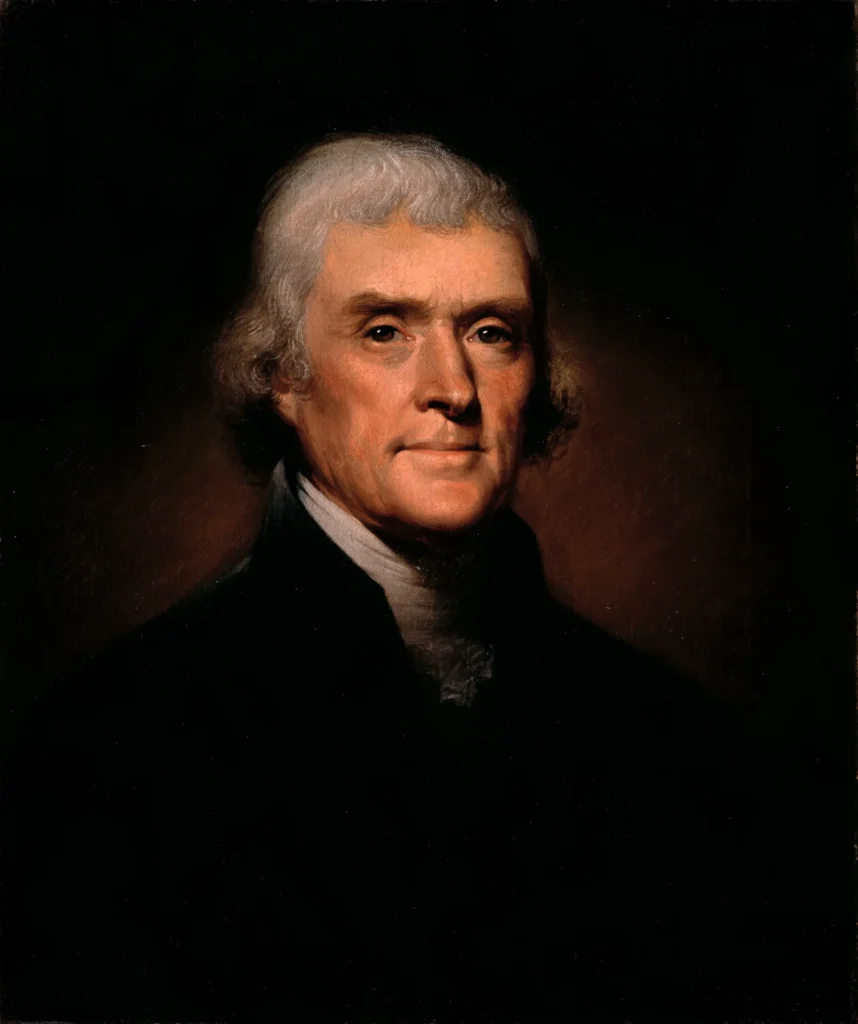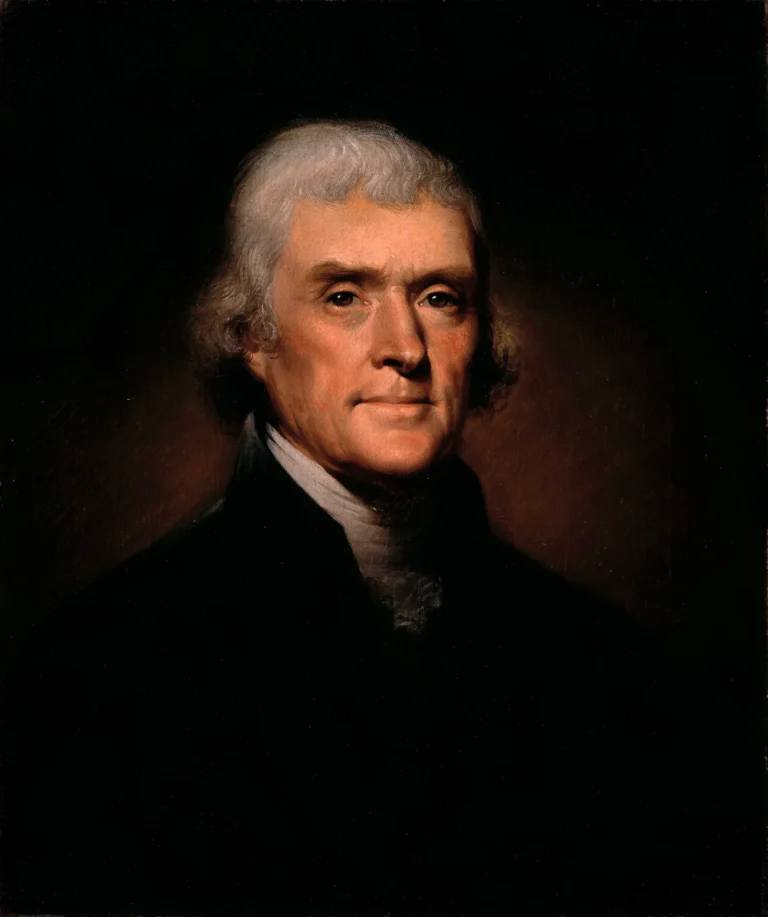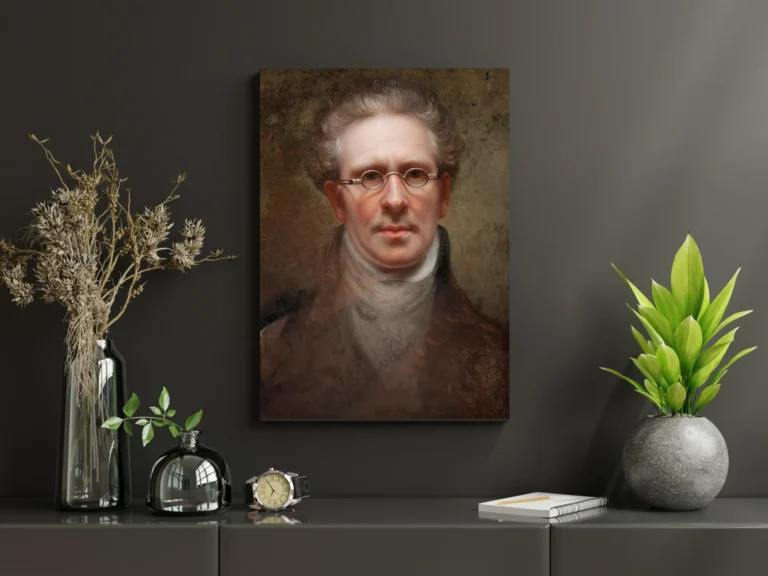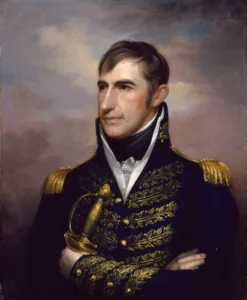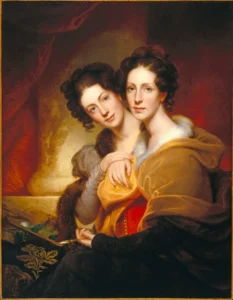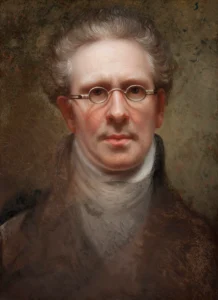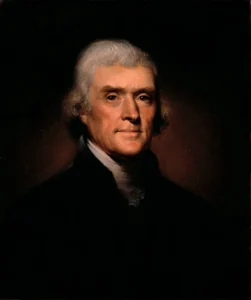Portrait of Thomas Jefferson
Completed in 1800, Rembrandt Peale's portrait of Thomas Jefferson captures the essence of the third President of the United States with a warm complexion and thoughtful expression. Painted in oil on canvas, this masterpiece measures approximately 23.1 by 19.2 inches and now resides in the Blue Room of the White House. Jefferson's gaze conveys reason and tolerance, inviting viewers to engage with the ideals he championed during a formative period in American history.
Year 1800
About the Artwork
The portrait of Thomas Jefferson by Rembrandt Peale was commissioned during a period of significant transition in the United States, reflecting the nation's burgeoning identity. Peale, a notable portrait painter of the time, sought to capture not just Jefferson's likeness but his philosophical depth. The artwork was completed in Philadelphia before Jefferson departed for his Monticello estate, with its lasting impact evident in its current esteemed place in the White House Collection. This piece not only illustrates Jefferson's commitment to reason and tolerance but also serves as a reminder of his role in shaping modern democracy.
Did You Know
Rembrandt Peale was not only a talented artist but also the son of famed painter Charles Willson Peale. The Peale family was emblematic of American art in the early 19th century and played a vital role in portraying the prominent figures of their time.
Thomas Jefferson was not only a politician but also a leading Enlightenment thinker whose interests spanned architecture, science, and philosophy, which greatly influenced the early development of the United States and its foundational doctrines.
The Blue Room in the White House, where this portrait is displayed, has a rich history of hosting significant events and receptions, making Jefferson’s presence felt in a space central to American political heritage.




